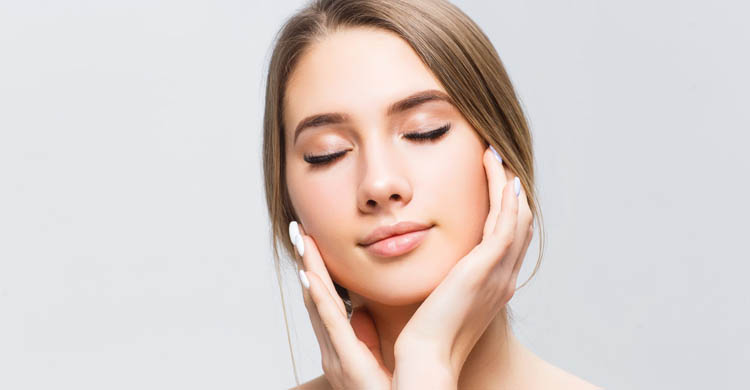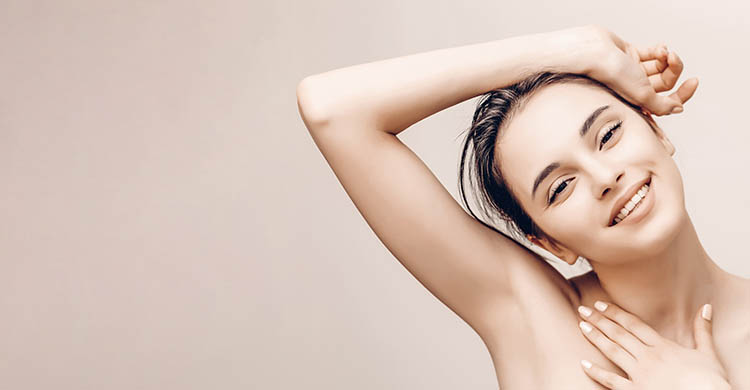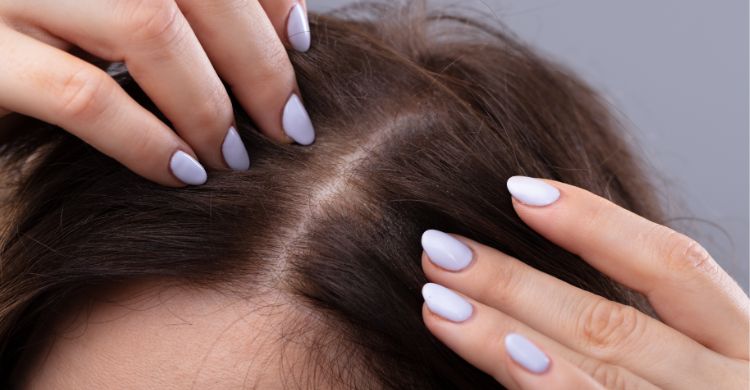18 OCT 2021
PRP FOR HAIR RESTORATION – A solution for hair loss and bald patches
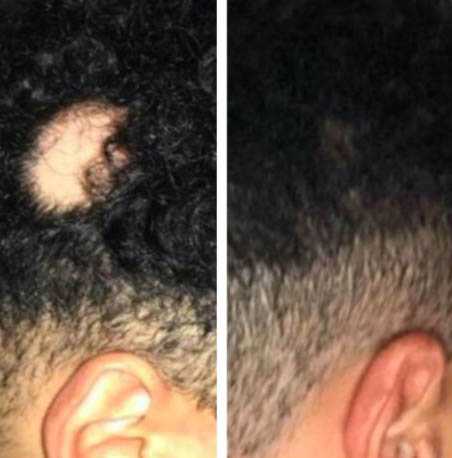
Today, we will cover one of the most popular treatments available in our clinic: the PRP.
PRP stands for platelet-rich plasma, and it’s an increasingly common treatment where a person’s plasma is re-injected into areas of the body, the face, or the hair to rejuvenate the skin and stimulate hair growth.
This treatment has become increasingly common in the past few years, especially to treat hair loss and thinning; why? Because it’s safe, effective, and less expensive than surgery.
Hair PRP results have in fact, been documented in several studies and dermatological literature, and it can be seen as a form of regenerative medicine, as when we inject it, we stimulate that healing and regenerative mechanism that is entirely natural and effective.
We also use PRP in our practice for acne scars, skin rejuvenation, hair loss, dark circles in the undereye.
PRP is a concentration of wound healing growth factors that are naturally found in the blood; this substance stimulates collagen and blood supply and contains several factors that have a stimulatory effect on the hair follicles.
We had great feedback from our patients, both adult men and women, as the treatment is suitable for both.
Loads of patients come to us to have this treatment done, if they’re experiencing hair loss, in the scalp or in the beard, for example.
An hair transplant for those area can be quite expensive and risky, but PRP can be part of an overall strategy to help you look your best and treat hair loss and thinning, and patches in the scalp in a safer way, and without breaking the bank.
PRP for hair is, in fact, safer than surgical alternatives such as slit-grafting, micro-grafting, and punch-grafting.
Harnessing your own growth factors allows for the best results as it’s unique to you.
In the surgical options, the hair-bearing skin is removed from the back of the scalp, and the graft is used to the balding areas. This is a surgical operation that takes from 4 to 8 hours, and it will require local anaesthetic and has a recovery period of a week.
Other treatments for hair loss include using specific medications such as Rogaine and Propecia; Rogaine is only 10/14% effective, whereas Propecia must be taken continuously to see results.
What does entail?
PRP for hair has become extremely popular because it’s much safer compared to the surgical option or any other option available.
PRP is a 3-way process, as most people require 3 treatments every 4 to 6 weeks apart, with 6 months late maintenance injections.
Step 1: The blood is taken from your arm and put into a centrifuge, a machine that spin the blood rapidly to separate into different blood component.
Step 2: After about 10 minutes in the centrifuge, the blood is separated into 3 components: red blood , platelet-rich plasma (PRP) and platelet-poor plasma.
Step 3: The PRP is drawn up into a separate syringe, which will then be used to inject the scalp in the target area.
The injections are given over 5 minutes in total, and there are about 10-13 of them.
It’s common for our male patients to have this done both in the scalp and in the beard to get the benefits in both areas and see results altogether.
PRP takes only 30 minutes or less and doesn’t require any form of invasive anaesthesia. The recovery time is minimal (1-2 days), and most people can go on with their day after the treatment. PRP is a type of treatment that needs to be repeated to get the best results.
The best results are seen with four rounds of treatment, usually performed monthly. This is to make sure that that stimulation remains active, and the hair growth can proceed normally.
After the first four courses of the treatment, it’s advised to repeat the procedure every 3 to 4 months for up to two years to make sure to get the best results.
You will notice great results if you suffer from any of these hair-related issues, such as thinning, receding hairline, balding, and excessive shedding.
Some patience will be required to see results, as you’ll see the early signs of new hair from 4 weeks after the procedure onwards.
After a month, we will see you in the clinic to re-assess the hair and any change in the scalp.
While the surgical alternatives cost anywhere from 4.000£ to 15.000£, PRP sessions are only a couple of hundred £, requiring only four sessions to see results; it’s the modern way to achieve great results quickly and safely, without breaking the bank.
PRP will consistently stimulate hair growth and hair thickness; you will notice your hair getting thicker and healthier.

In 2019 some scientists carried out a systematic review, and the finding are published in the Plastic Surgery Journal here .
The finding shows that PRP reduced hair loss and increased the diameter of the hair follicle and increased the density of the hair growth. A remarkable result!
PRP contains substances that stimulate hair follicles and, therefore, hair growth.
This procedure is natural, easy, and no medication must be taken, as it’s your own hair that grows again.
These platelets target an area called the “Dermal Papilla”, an area of the follicle.
The platelets will not only promote new cell growth but also accelerate the regeneration rate so that the results will be quicker.
We have listed below the specific that promote hair growth:
• Insulin-Like Growth Factor (IGF) — a regulator of normal physiology in nearly every type of cell in the body
• Transforming Growth-Factor-Beta (TGF-b) — promotes the growth of matrix between , bone metabolism
• Platelet-Derived Growth Factor (PDGF) — promotes blood vessel growth, cell replication, skin formation
• Epidermal Growth Factor (EGF) — promotes cell growth and differentiation, blood vessel formation, collagen formation
• Fibroblast Growth Factor-2 (FGF-2) — promotes the growth of specialised and blood vessel formation
• Vascular Endothelial Growth Factor (VEGF) — promotes the formation of blood vessels
PRP is not a procedure that prevents hair loss, and treatment maintenance is recommended to keep seeing the results.
As you’re using your own blood for the procedure, there is no risk to catch any blood born disease from someone else.
Due to the way it’s performed, there is minimal risk of side effects or risks when it comes to PRP for hair;
It’s common to experience some minor tenderness, redness and swelling, as well as pinprick bleeding and mild pain at the injection sites.
A very rare side effect includes calcification and scar tissue at the injection sites.
A headache might also be a side effect of the procedure, as well as some itching in the week after the procedure.
All of these symptoms will resolve quickly, usually in a couple of hours after the treatment.
PRP Hair Loss Aftercare Instructions
After the procedure, the scalp may remain numb for a couple of hours; you can use cold compresses on the forehead and the scalp to reduce any swelling.
If swelling persists for more than 3 days, it’s advised to contact us.
Avoid getting hair dye or any colour until 48 hours after the treatment.
Soreness in the scalp is absolutely normal for the first week post-procedure, and it will feel like a mild sunburn.
It’s also recommended not to wash your hair for a day after the procedure, and any scalp massage and the use of ointments in the first two days.
Be on the alert for any signs of infections, such as high temperature, redness, pus, spreading rash. In those cases, see your doctor immediately.
How can I have this non surgical treatment done at Dermamina?
Having a consultation is the very first step, as it will give us an idea if you could be a candidate for this procedure or not.
Hair PRP is indicated for those with hair loss and for the people with fine hair that have to use hair extensions or wigs in their everyday life to get thick and long hair.
When it comes to medical conditions, the best candidates are those who don’t suffer from Telogen Effluvium or scarring Alopecia and don’t have any medical history of thyroid issues or lupus.
People on blood thinners may experience a less visible result due to their platelets working less effectively.
If you’re uncertain about being a candidate for the treatment, we will help you figure out the best option for you during this very process.
PRP is a very promising treatment, and if you’re pursuing the decision to have it done, it’s important to weigh up the pros and cons related to it.
We have extensive experience in the medical field. We are well known for our clinic and expertise in aesthetics.
If you want to know more about PRP and figure out if you’re a good candidate for this procedure, feel free to contact us and leave a message, we will get back to you as soon as possible.
SaveFace
You safety matters
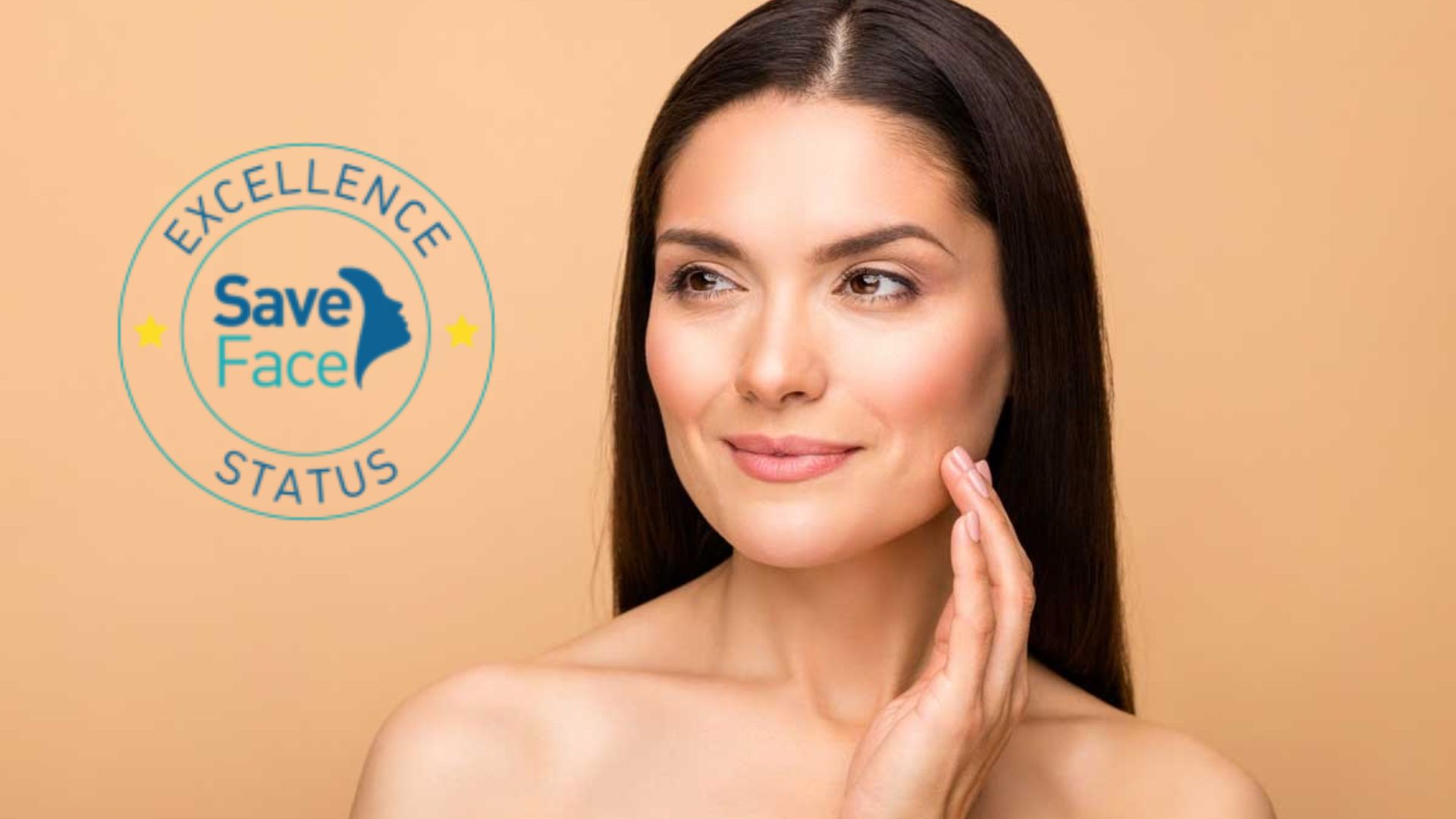
At Dermamina we have successfully attained the Save Face Accreditation, which signifies our consistent adherence to the highest industry standards. To earn this esteemed recognition, we underwent a rigorous evaluation conducted by an independent body.
Read more
Save Face is a register accredited by the Professional Standards Authority, holding official recognition from the Government, the Department of Health, and NHS England. This acknowledgment underscores our unwavering commitment to delivering exceptional quality services, meeting the stringent criteria set by these esteemed organizations.
Non Surgical Treatments
Trending Treatments
Swipe
